Fermented Lemons: How to Preserve Lemons with Salt
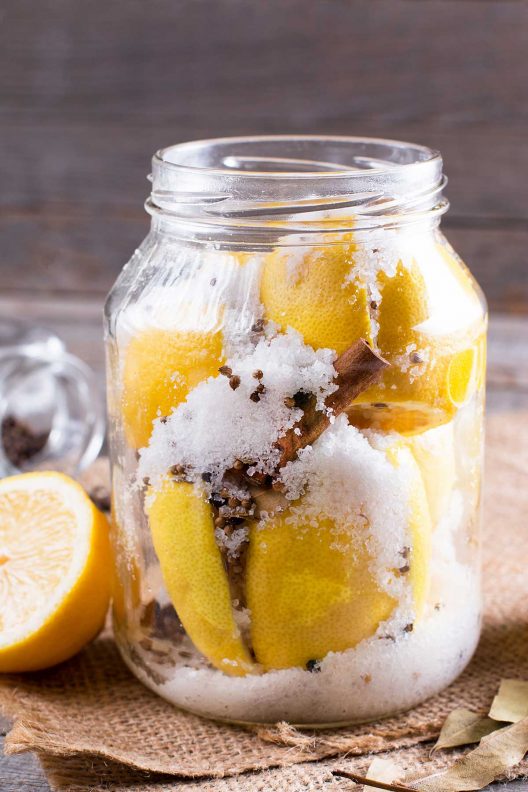
Easy Step-by-Step- Tutorial on How to Make Middle Eastern Preserved Lemon Condiment.
These fermented lemons are easy to make at home! They will add brightness, tang, and flavor to everything from your salad dressing to stews, tagines, smoothies, and more! They are one of my favorite condiments in my kitchen, and I absolutely love them!
Preserved lemons are rich in flavor. They bring bright citrus notes, rich saltiness, and gentle yet complex tartness to your cooking. They achieve their characteristic flavor through the slow fermentation process, which breaks down the lemon’s rind. The fermentation helps remove its bitterness and delivers a beautiful, complex, bright flavor that pairs beautifully with fish, chicken, vegetables, and drinks.
An additional perk of preserved lemons is that they are easy to make. They last a long time, and you can use them all year round, even when the citrus season is over. In this recipe, I only use salt and the lemon’s own juices. These delights are a yummy way to keep lemons ready for use in cooking when you need them.
What are Fermented Lemons?
Preserved lemons seem fancy and are considered a delicacy, but they are easy to make. Preserved lemons are lemons that have been salted, packed into jars, and left for fermentation for several weeks to several months. Fermentation is a natural process of preserving the lemons, resulting in a mouthwatering condiment bursting with beneficial bacteria that are amazing for your gut. I come from Poland, and fermenting is my absolute favorite way to preserve food, and these lemons are no exception!
Preserved lemons are abundant in the culinary traditions of North African, Middle Eastern cooking, medditarean cooking, and Moroccan cooking, added to slowly cooked, deeply flavorful tagines.
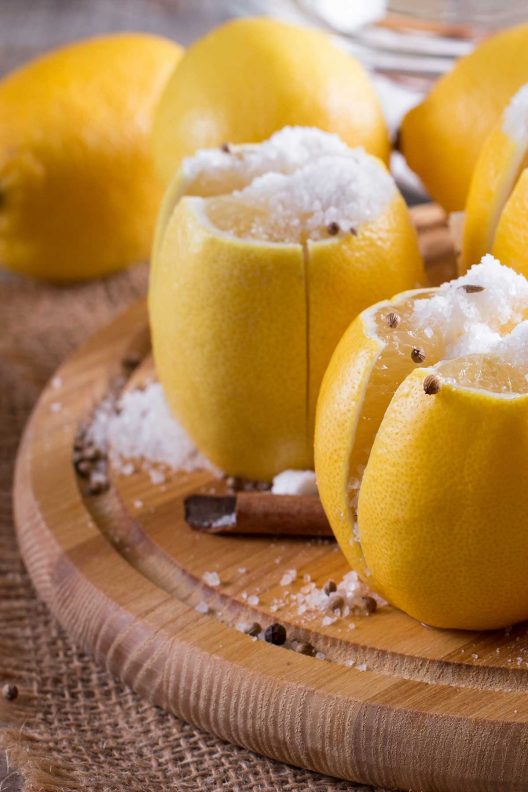
What do preserved lemons taste like?
You will be able to use the flesh and the rind for your cooking. The flesh is light and tastes salty and citrusy. I use it to make drinks, sauces, and salad dressings. The gold of flavor comes from the lemon rind, though. The rind loses bitterness during fermentation, leaving a delicate tart, floral, salty taste well-suited to various dishes.
Preserved lemons have a unique flavor that is distinct from fresh lemons. The preservation process involves soaking lemons in salt and their own juices, which results in a tangy, salty, and slightly bitter flavor. The texture of the lemon peel becomes softened and develops a milder taste compared to fresh lemon zest.
Preserved lemons are commonly used in various cuisines, particularly Middle Eastern cuisine and North African dishes. They add a rich, citrusy depth to recipes, and the briny, salty notes can enhance the overall flavor profile of a dish. The pulp is usually discarded, and the peel is sliced or chopped before being incorporated into salads, stews, tagines, or as a flavorful garnish for various dishes.
What are the health benefits of preserved lemons?
- They provide beneficial bacteria for the gut.
- They are high in Vitamin C (potent antioxidant) and potassium.
- The peel contains d-limonene, a type of phytochemical that helps detoxify the liver and helps detoxify metabolized estrogens.
- They have anti-cancer properties.
- Lemons prevent rickets, support healthy bones, and strengthen teeth because of their high calcium content.
- The peel is alkalizing for the body.
- Lemons are used for many healing folk recipes and help heal up a sore throat and soothe heartburn.
What do you need to make salt-preserved lemons?
It is all effortless; you will need just organic lemons (citrus is one of the most sprayed fruits) as it is an essential ingredient, salt, a jar, and a fermentation weight. I also like adding a cinnamon stick, bay leaf, coriander seeds, and chili or black pepper for a little kick! Then time will be your best friend!
Preparation for this quick preserved lemons.
Wash and scrub the lemons so they will be clean. Cut the top and bottom of the whole lemon by about ¼ inch off on each end. Slice the lemons lengthwise into quarters. Ensure you don’t slice completely through so they can stay connected at the base.
Open the lemons and put a teaspoon of salt in the flesh. Place one tablespoon of salt on the bottom of a 1-quart jar or in a mason jar with a tight-fitting lid.
Pack the lemons into the jar tightly using a wood muddler, but you can also do it by hand if you don’t have it. Press the lemons down to release their juices, add salt, add more lemons, and press them again until they emerge in their juice – lemon juice brine). You can also squeeze fresh lemon juice and set it aside in case you need to add more juice.
You can add a fermentation weight on top of the jar to keep the lemons submerged while they ferment, but it is not necessary if you do an excellent job of pressing the lemons down.
They should ferment at room temperature for 3-4 weeks. You will know the lemons are fermenting when you see air bubbles in the jar. Within the first two weeks, you should occasionally turn the jar upside down to ensure the juice is distributed to all lemons.
The lemons will become soft and mellow as they sit in the brine.
You will know if the lemons are ready when they soften and the pith loses bitterness.
Don’t forget to burp the jar occasionally during the preserving process, especially during the first two weeks.
After fermenting for several weeks, taste lemons to see if they are soft to know if they are ready to sue. You will see if they are ready when soft and there is no more detectable bitterness.

How to store and use preserved lemons
Rinse the lemons gently as needed with water to remove some of the salt.
Remove the pulp and use it in dressing, sauces, and peels for Moroccan tagines, Moroccan chicken, grilled fish, salad toppers, drinks, and meats. Preserved lemons will keep for six months to a year in the refrigerator.
The lemons need to be submerged in that acidic, salty brine so they don’t get moldy.
What kind of lemons are best to use?
You can use any lemons, but I like Meyer lemons 🍋 if you can find them. They are not always available. Their skins are a bit thinner, making for a shorter fermenting time, and they are also sweeter, making for a deliciously flavored finished result.
How long do preserved lemons last?
Preserved lemons last from 6 months to a year when you keep them in the refrigerator.
Salty and acidic brine created during fermentation is a natural preservative to keep the lemons from molding. Making sure that the lemons stay submerged in the brine is essential.
How to Use Salted Lemons:
Salads:
Chop the preserved lemon peel into small pieces and add it to salads for a citrusy flavor.
Grains and Rice:
Mix chopped preserved lemon peel into cooked grains or rice for a flavorful side dish.
Stews and Tagines:
Preserved lemons are a classic ingredient in many North African and Middle Eastern stews and tagines. Add them during the cooking process to infuse the dish with their distinctive flavor.
Roasted Vegetables:
Toss chopped preserved lemon peel with roasted vegetables for a tangy twist.
Fish and Seafood:
Use preserved lemons as a marinade or seasoning for fish and seafood dishes.
Chicken Dishes:
Add chopped preserved lemon peel to marinades or rubs for chicken. It pairs particularly well with grilled or roasted chicken.
Couscous:
Mix preserved lemon peel into cooked couscous for added flavor.
Dips and Sauces:
Blend preserved lemon peel into dips, sauces, or dressings for a unique citrus kick.
Cocktails:
Infuse cocktails with the flavor of preserved lemons. You can muddle or garnish drinks with a slice of preserved lemon peel.
Homemade Preserves:
Use preserved lemons in homemade jams, chutneys, or relishes to add a tangy element.
Check out More Preserved Lemon Recipes here!
Moroccan Chicken and Preserved Lemons Tagine
___________
Did you make this recipe?
Please let me know how it turned out for you! Leave a comment below and share a picture on Instagram with the hashtag #thetastesoflifeholisticblog

Fermented Lemons: How to Preserve Lemons with Salt
Ingredients
- 10 Lemons large
- 1/2 cup Lemon Juice freshly suezzed
- 3/4 cup Salt
- 2 Cinnamon stick optional
- 2 Bay leaf optional
- Chili pepper dried and optional
Instructions
- Wash and scrub the lemons so they will be clean. Cut the top and bottom of the whole lemon by about ¼ inch off on each end. Slice the lemons lengthwise into quarters. Ensure you don't slice completely through so they can stay connected at the base.Open the lemons and put a teaspoon of salt in the flesh. Place one tablespoon of salt on the bottom of a 1-quart jar or in a mason jar with a tight-fitting lid.Pack the lemons into the jar tightly using a wood muddler, but you can also do it by hand if you don't have it. Press the lemons down to release their juices, add salt, add more lemons, and press them again until they emerge in their juice – lemon juice brine). You can also squeeze fresh lemon juice and set it aside in case you need to add more juice.You can add a fermentation weight on top of the jar to keep the lemons submerged while they ferment, but it is not necessary if you do an excellent job of pressing the lemons down.They should ferment at room temperature for 3-4 weeks. You will know the lemons are fermenting when you see air bubbles in the jar. Within the first two weeks, you should occasionally turn the jar upside down to ensure the juice is distributed to all lemons.The lemons will become soft and mellow as they sit in the brine.You will know if the lemons are ready when they soften and the pith loses bitterness.Don't forget to burp the jar occasionally during the preserving process, especially during the first two weeks.After fermenting for several weeks, taste lemons to see if they are soft to know if they are ready to sue. You will see if they are ready when soft and there is no more detectable bitterness.


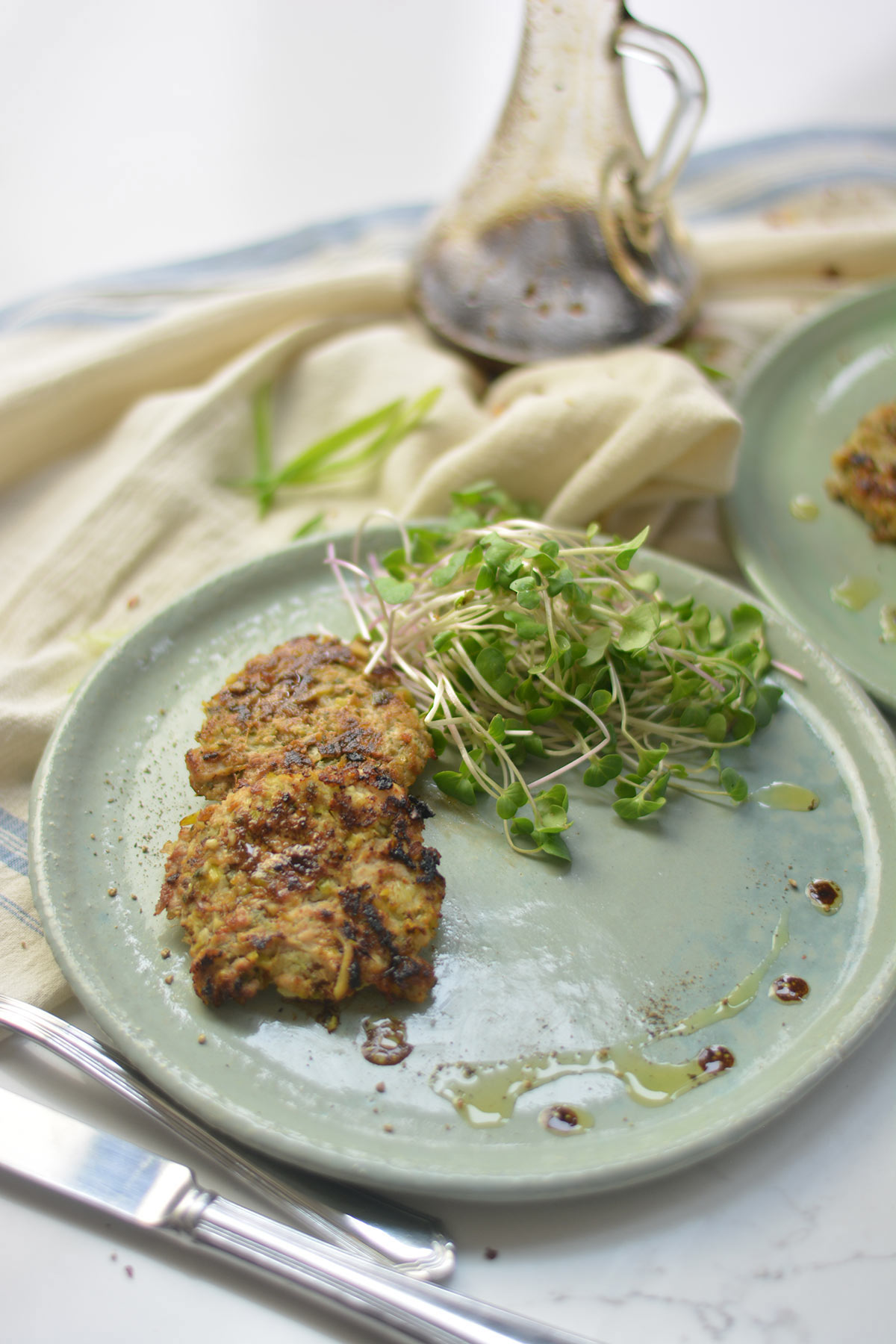
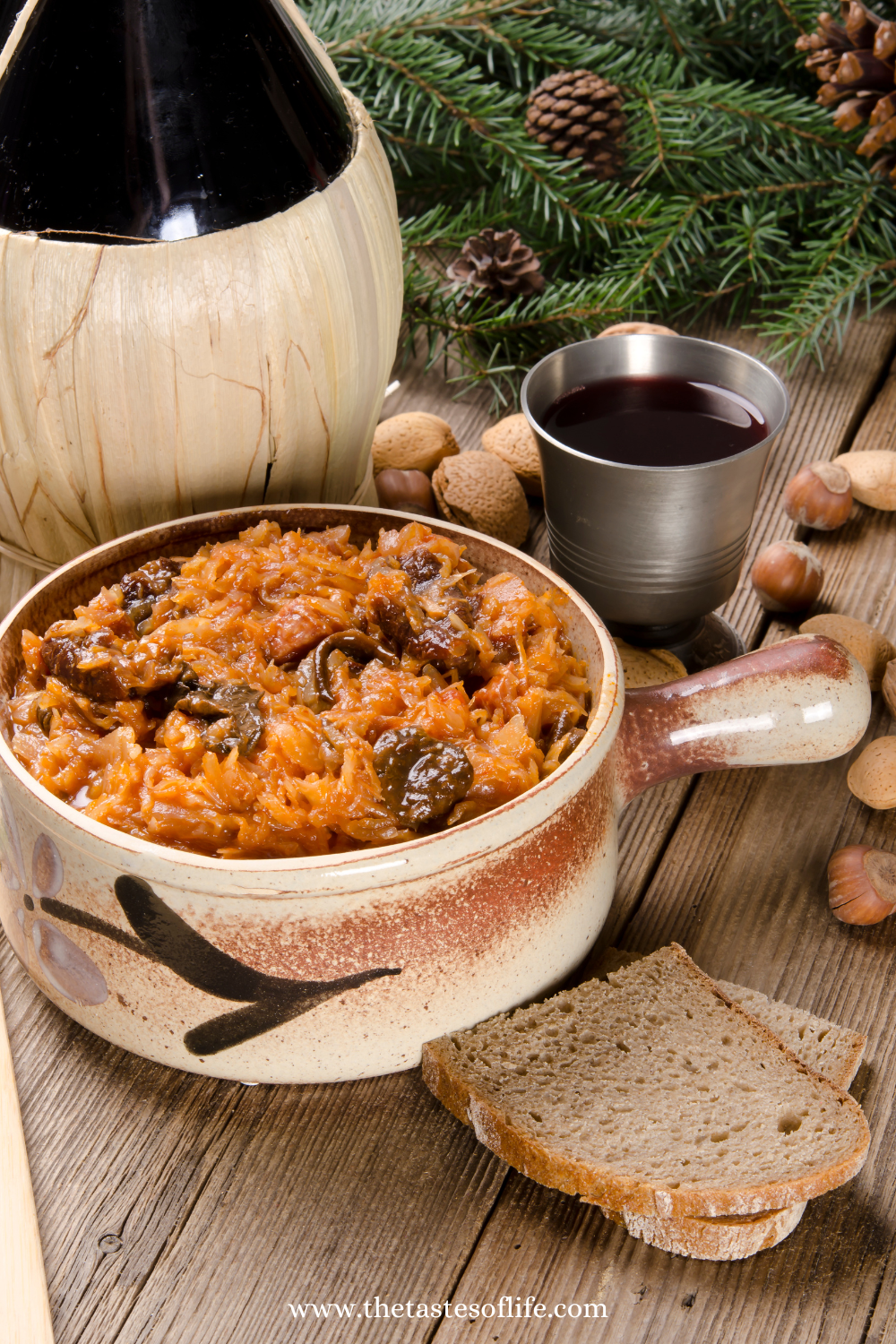
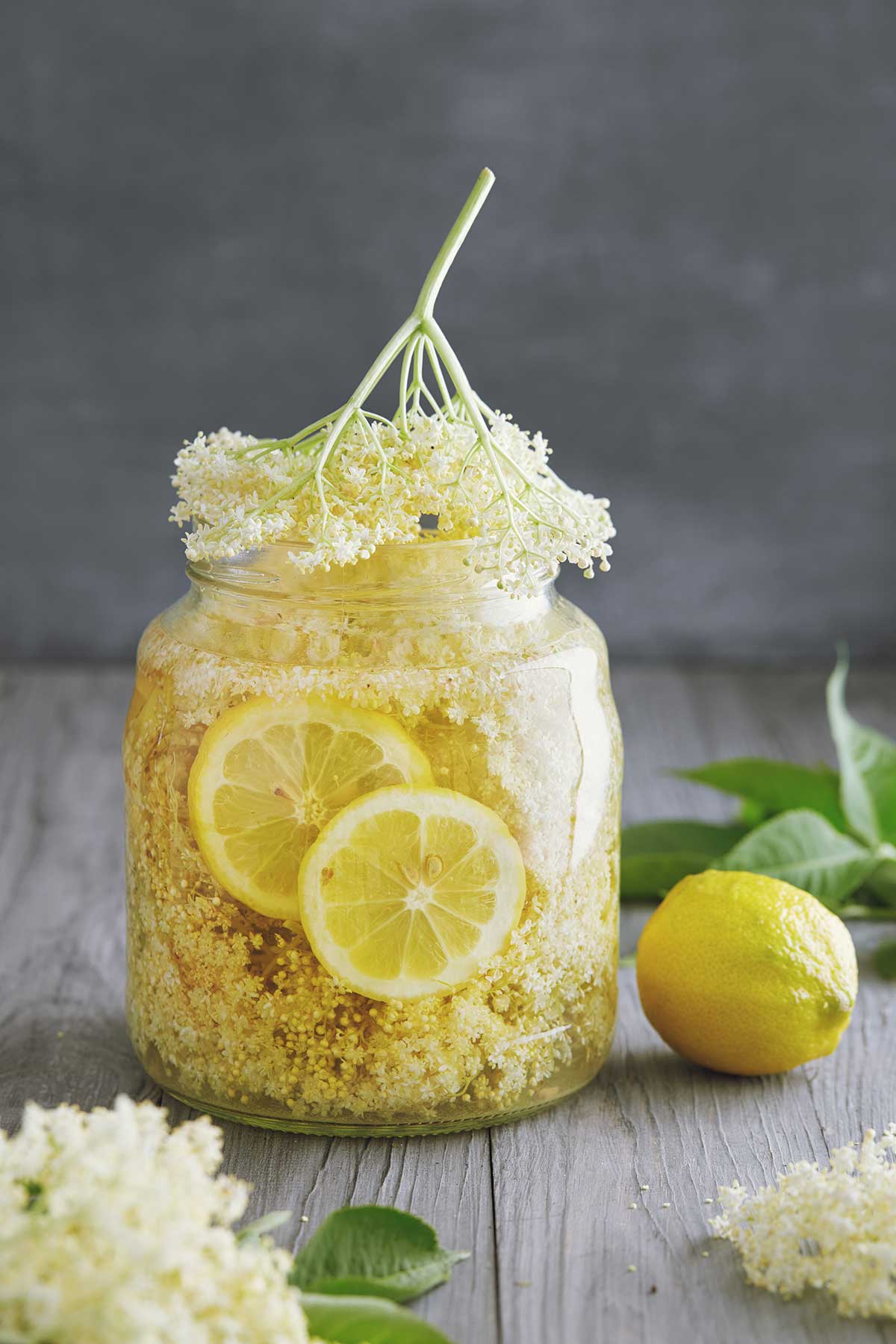
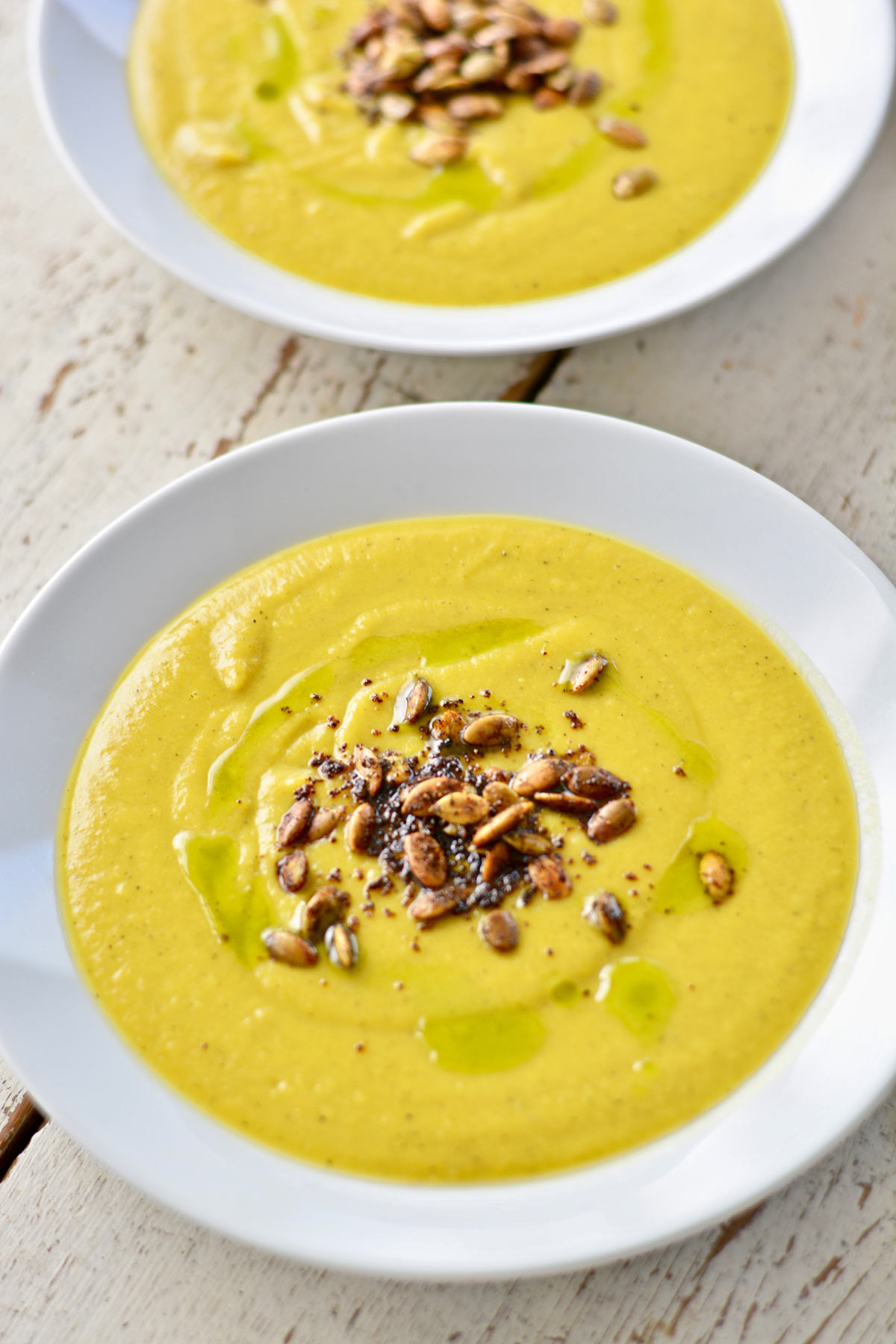

Probably not. I would only keep them for up to 12 moths in the fridge.
I have preserved Meyer lemmons that have fermented. They have been forgotten in th fridge for 3 yrs. it is very soft. Is is safe to use?